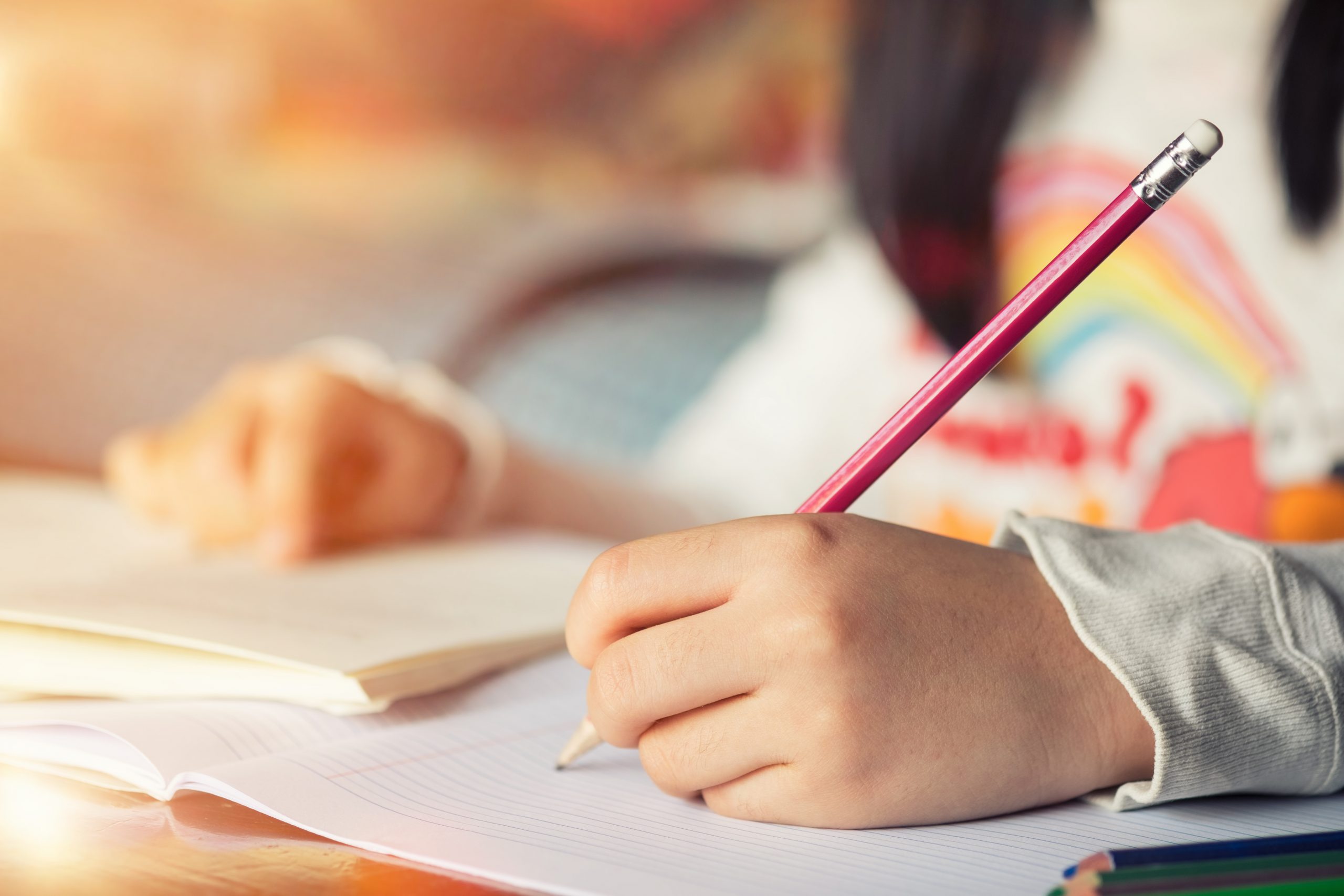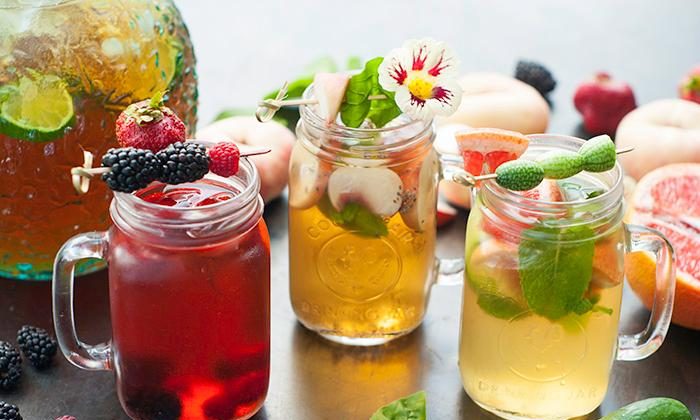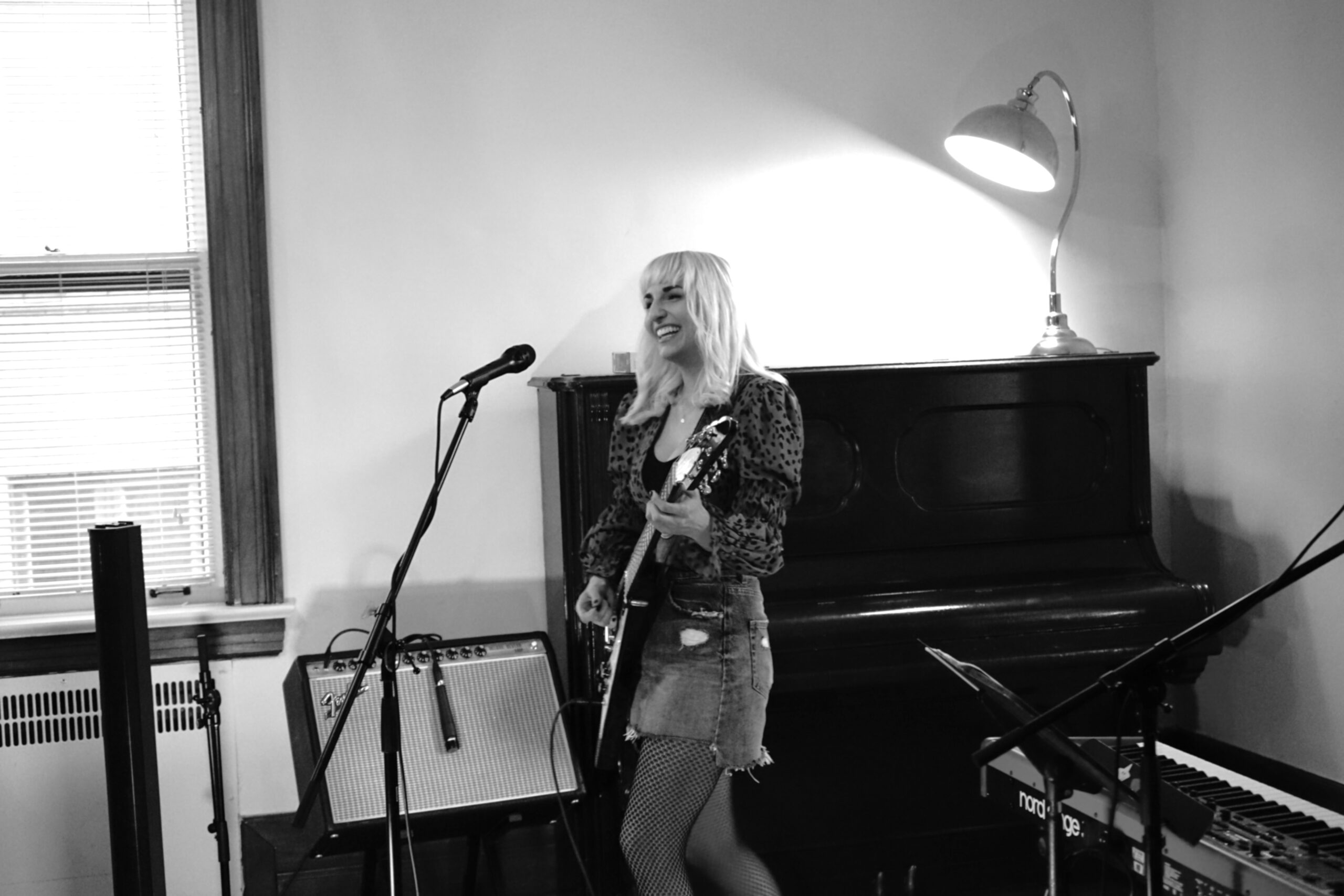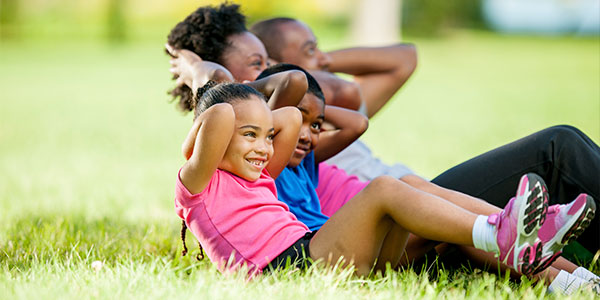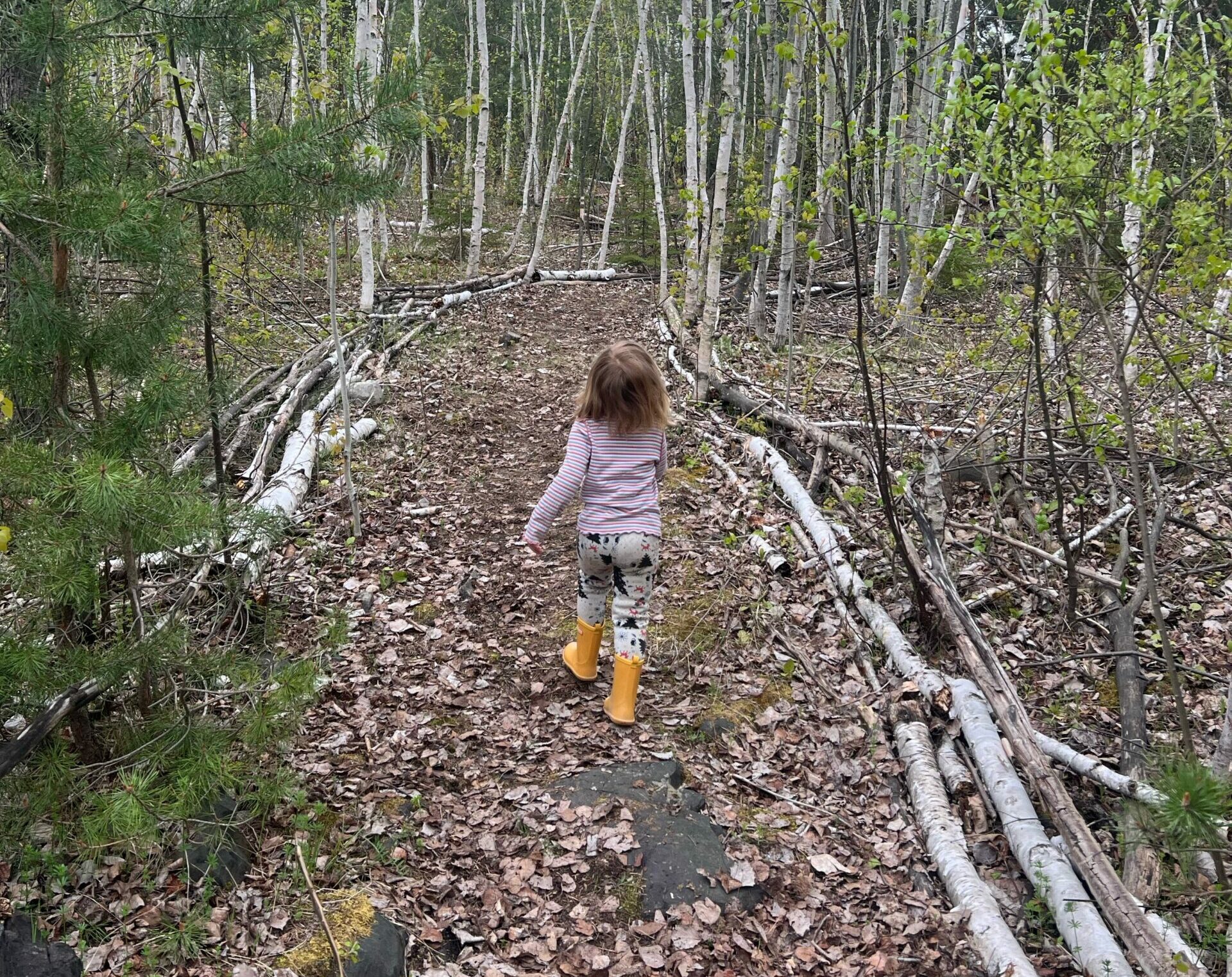Matante Claudette proposes a live activity – the making a self-portrait, on Friday May 1st at 10:30 am on our Zoom platform.
The self-portrait technique allows children to use their sense of observation as well as their imagination. It also helps to work on self-image. Parents are invited to participate in this activity, so a nice discussion and more fun can follow.
A self-portrait is an artist’s depiction of himself or herself. It can either be drawn, painted, photographed or sculpted. Today, you are the artist! As we learned by reading the book Frida, c’est moi, in our previous activity ,this Mexican painter really enjoyed painting her self-portrait. Frida used her imagination and her sense of observation and we will do the same.
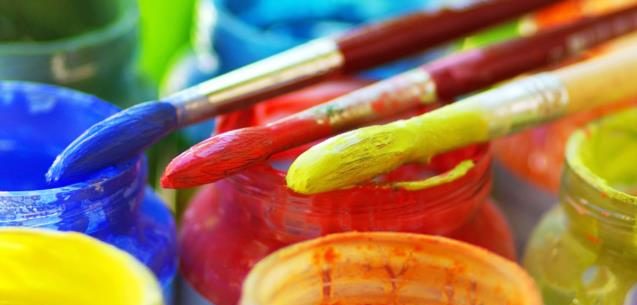
Step 1: The Material
Making a self-portrait means making your own portrait. To get there, it takes a few art supplies.
• Paint and paintbrushes or colouring pencils;
• A canvas or sheet of paper;
• A mirror or a photograph of yourself, optional (optional, to help).
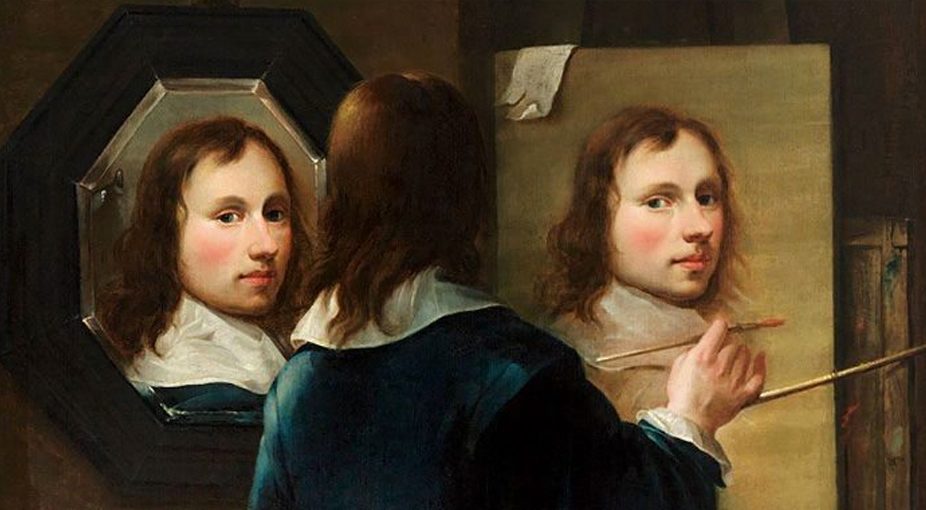
Step 2: Create
With the supplies of our choice, all you need to do is draw or paint your face. You can use a mirror or a photo of yourself to help you reproduce your likeliness. It is also possible to make a self-portrait without even having a model, but by using our imagination!

Step 3: Some Tips
Do not hesitate to use the colours of your choice. There are no rules except for trying to make a good representation of yourself and in your own way.
The details make all the difference. For example, if you have curly hair, if you wear glasses or if you have a mole on your nose, it will be important not to forget to properly represent the traits that make you unique.
Diary
On today’s logbook page, kids can document today’s activity. For example, by drawing a smaller self-portrait or explaining what traits they chose to represent themselves. The possibilities are endless!
We invite parents to ask their kids questions about today’s activity to feed and improve on their journal entry as well as to engage them in a nice conversation. Here are some questions you can ask:
• Did you like this activity and why?
• Explain to me your self-portrait and your choice of colours?
• Compare self-portraits. What differences and similarities do you see?
Did you know...
• A large number of well-known and anonymous artists have painted their self-portraits. Among the best known are: Andy Warhol, Pablo Picasso, Salvador Dali, Jan van Eyck, Rembrandt, Manet, Monet, Van Gogh and many others.
• Although the exercise of the self-portrait has been practiced since the earliest times, it was not until the beginning of the Renaissance, in the middle of the 15th century, that the artists could be seen in their paintings, as the main subject or as an important character in their work.
• In 1433, the artist Jan Van Eyck painted himself as a man with a turban. This self-portrait is recognized as the oldest self-portrait on wooden panel.
There are many ways to represent yourself! To take this activity further, why not paint a so-called Chinese portrait? The Chinese portrait not only allows you to have fun but it helps you get to know yourself better and to know others better too. It is a classic game that invites everyone to draw their portrait by using the following characteristics: animal traits, objects, feelings, etc. You choose! And your choices will reveal clues about yourself and the other participants. For more information and ideas on Chinese portraits, follow this LINK.
Activity by Matante Claudette.

